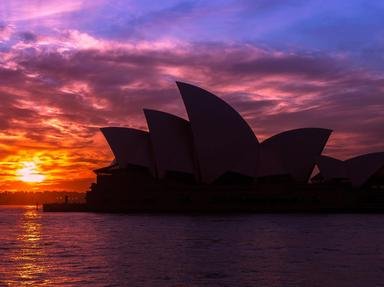Quiz Answer Key and Fun Facts
1. Since 1788, there were three "major" convict colonies established by the British in Australia. Which of the following was *NOT* one of those?
2. Which of the following represents the main reason for the First Fleet to Australia shifting its settlement from Botany Bay to Port Jackson?
3. Within weeks of the First Fleet establishing a settlement at Port Jackson (present day Sydney Harbour) in the colony of New South Wales in 1788, a satellite penal colony was set up on which island, that would later become owned by the Pitcairn Islanders?
4. Which two Australian states received the benefits of smaller (secondary) convict establishments, not long after the settlement of New South Wales? in January 1788
5. The majority of the offenders that were transported from British prisons to Australia at the end of the 18th century were which of the following?
6. The introduction of transportation to the colonies had the effect of significantly reducing the amount of crime, perpetuated by women, in Great Britain.
7. The system of forcing "all" convicts that were transported to Australia to work was known as which of the following?
8. Which of the following best describes the daily food ration that each convict, in early Australia, received?
9. How soon after the arrival of the First Fleet to Australia in January 1788 were convicts becoming "free" citizens?
10. By the end of the 20th century, Australia's richest man, to that point, was a convict.
Source: Author
pollucci19
This quiz was reviewed by FunTrivia editor
gtho4 before going online.
Any errors found in FunTrivia content are routinely corrected through our feedback system.
